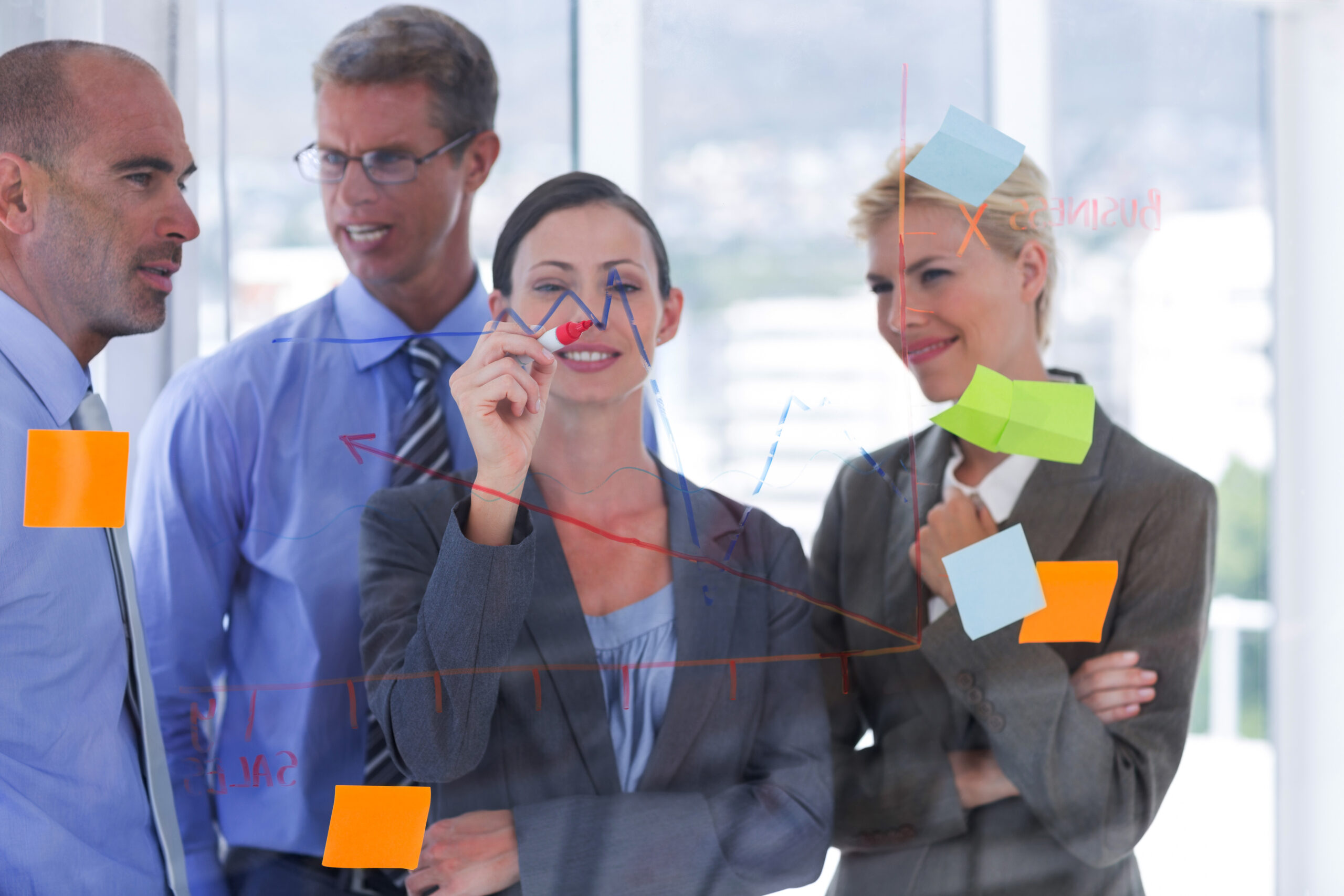Performance management best practices encompass so much more than a yearly review. A company with a strong performance management system facilitates the communication between leaders and employees, with an eye toward achieving both employees’ professional goals and the company’s business goals. Companies who understand the massive impact that a clear set of performance management best practices can have on employee and team performance will invest in their leaders. This will develop the all-important “soft” leadership skills needed for the manager to be successful in performance management.
What’s more, when organizational leadership puts an emphasis on performance management, it sends a message to both leaders and employees that professional development is an important priority. The message the organization sends is “<i>we want you to invest in this company, and we know that for you to do that we must invest in you first</i>.” As with all strategic initiatives, the directive for a strong performance management system must come from the top.
If your leadership is ready to ramp up its performance management system, here are three performance management best practices to keep in mind.
1. Provide Actionable Feedback
Not all feedback is created equal. Effective performance management relies on set clear standards for what managerial feedback should look like. Clarity, honesty, and transparency are essential. For feedback to be valuable for employees, leaders must feel comfortable speaking the truth about an employee’s performance—and they must also possess the skills to do so tactfully. During performance review sessions, however, the focus shouldn’t linger on how an employee may be underperforming, but how that employee can improve.
You may need to shift the mindset of some leaders who view performance reviews as “report cards” rather than roadmaps to success. Don’t limit feedback to review sessions, either. Help leaders adjust their feedback delivery for different kinds of situations—like giving more immediate feedback while an employee is working on a big project. This is especially important if you manage millennial employees, who greatly value more frequent feedback.
2. Don’t Make It Personal
Part of the reason performance reviews aren’t always as effective as they could be is because speaking the truth about an employee’s performance puts leaders in a pretty uncomfortable position. Discussions about poor performance are tough on both parties. To limit the discomfort—and ensure employees are getting actionable feedback—train leaders to deliver feedback in terms of employee behaviors, not characteristics. That way, employees don’t feel personally attacked during reviews.
Moreover, leaders should clearly draw the line between employee behaviors and their results (or lack thereof). It may be hard for employees to see the result of a project as a consequence of their behaviors, when other workplace factors—like constraining budgets or deadlines—are in play. It’s a leader’s responsibility to clearly articulate the consequences and benefits of employee behavior, which will encourage an employee to take accountability for their actions and results.
3. Invest In Training
Performance reviews are great tools for identifying employee behaviors that need improvement. How, though, will employee behaviors actually improve? Through training that focuses on instilling lasting behavior change. By implementing training that uses methodologies such as experiential learning, individuals learn by participating in hands-on, interactive learning scenarios that mimic the workplace. The key differentiator of this delivery method is that it builds conviction and confidence within employees to do things differently.
Just as vital, however, is training for your leaders. Invest in leadership training that equips leaders with the skills they need to help their employees succeed, like strong communication skills, adaptive feedback styles, and effective listening techniques. All too often, under-trained leaders become barriers to employee success. Change this narrative by investing in training for both employees and leaders that fosters mutual trust, accountability, and professional growth.





